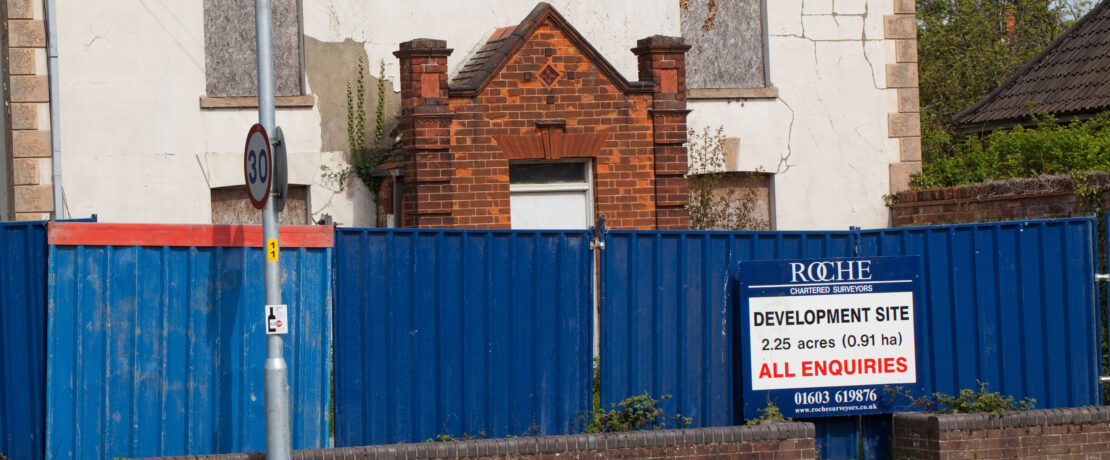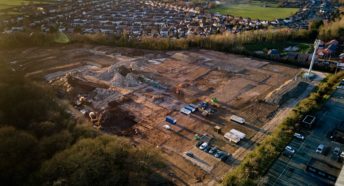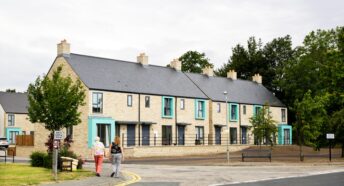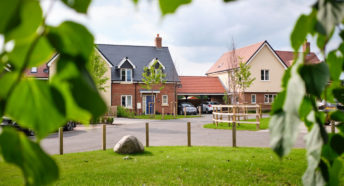Government starts consultation on changes to the planning system
The government has today announced a consultation on an update to the National Planning Policy Framework (NPPF).
The NPPF is a 78-page document which acts as the rulebook for planning. It advises local authorities and developers on what they can and cannot do when planning developments and includes a range of policies that ultimately determine what gets built where. It’s a vitally important framework which can shape how we can build the houses we need in a way that protects our countryside and natural spaces, and involves local communities.
The eight-week consultation gives the public, organisations and other stakeholders the opportunity to comment on suggested changes. We will be submitting our full response following consultation with our network of local groups around the country, all who have first-hand experience of how the planning system operates at a local level.
Ministerial statement
In a ministerial statement, which underpins the proposed changes to the NPPF, Deputy Prime Minister and Minister for Housing, Communities and Local Government Angela Rayner has set out an ambition to ramp up housebuilding, including the return of mandatory local targets. The statement (and subsequent proposed changes to the NPPF) suggest a commitment to brownfield-first development alongside a proposed definition of the ‘grey belt’, which until now has been left to speculation.
What we want to see in the NPPF
While it is good to see a commitment to boosting affordable and social housing delivery, often homes referred to as ‘affordable’ are anything but. We’d like to see ambitious targets to build homes that local people can actually afford. This means re-defining ‘affordable’ housing in the NPPF to reflect average local incomes, which isn’t currently proposed by the government. This isn’t just a housing crisis, it’s an affordability crisis, and making affordable mean affordable in national planning policy is critical.
We also want to see real ambition to deliver clean energy across our rooftops in the NPPF. This means a rooftop-first approach to solar energy, prioritising our best quality land for sustainably farmed home-grown food. This common-sense approach to clean energy continues to be overlooked, and has no mention in the proposed changes to the NPPF.
Our Green Belts are the countryside next door for millions of people, and by protecting and enhancing these green spaces around our towns and cities we can address multiple environmental crises at once, leaving space for farming, climate mitigation, wildlife, and access to nature.
Protecting our Green Belts mean a strong commitment to brownfield-first in the NPPF, which there appears to be. We would like to see this commitment delivered in reality, with targets set for building on previously developed land. Brownfield-first is the gold standard in sustainable development. It protects green spaces, ensures houses are built close to schools, shops and transport, and can breathe new life into these empty spaces.
So called ‘grey belt’ land features in the proposed NPPF, including a definition which we think is much too subjective. We’d like to see a clearer framework for what is and isn’t grey belt without the risk of it being open to interpretation.
We’re also pushing to ensure the voices of local communities are heard in planning decisions. From local green space designations and protecting tranquility to community energy schemes, we know that when local people are involved, positive and progressive decisions can be made.
Ambition needed
Commenting on the proposed changes, Roger Mortlock, CEO at CPRE, said:
‘The government is right to commit to a brownfield-first approach which could deliver 1.2m homes. But rather than housing targets that fuel speculative development, we need ambitious targets for brownfield homes, homes for social rent and genuinely affordable homes.
‘The government’s definition of ‘grey belt’ land is too subjective and could lead to unintended consequences, damaging the very openness that people value. The Green Belt is the countryside next door for 30 million people in the UK. We agree we need a Green Belt fit for the 21st century, enhanced for people and the planet, not run down and then built on by profit-hungry developers.’
Full response soon
Check back soon for our full response to the consultation.








